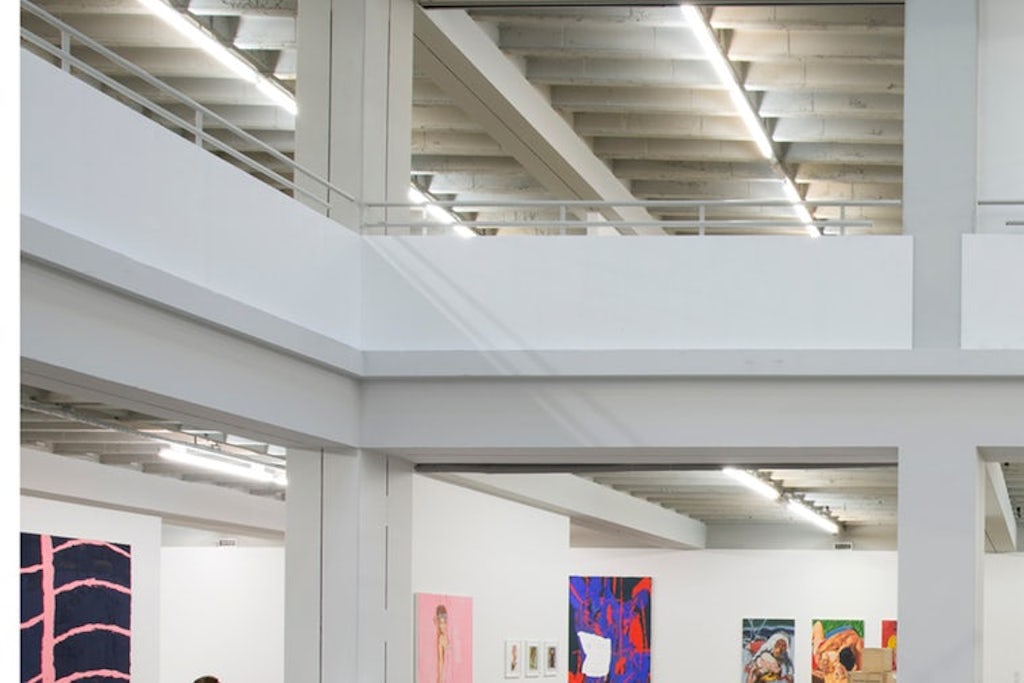The contemporary (international) art market in Flanders and Brussels

A survey of private galleries and artists with galleries in Belgium and abroad (2005–2015)
There is a wide range of quality galleries in Flanders and Brussels, an asset that must be maintained. In Flanders and Brussels there is a proportionately high number of galleries with access to networks that extend across the global art market and in addition to that a large number of galleries with an international range. Private galleries with a range limited to Belgium and neighbouring countries are paramount for the promotion and sale of high-quality works that do not, however, immediately find their way to an international circuit.
Brussels can play a pioneering role, not only for the art market, but also for the promotion of Flemish artists and the entire Belgian art scene. At present this is insufficiently exploited by the sector and the authorities (Flanders, Brussels Capital Region, and the city of Brussels). In addition to this, the question arises whether Brussels as an international art hub is sustainable, since this strength is based on foreign initiative. The WIELS international residence programme provides an answer to that question, but as a sole initiative cannot sufficiently guarantee that sustainability.
Limited support from the authorities is important to accompany galleries in their international market development and to offer them more security when they present Flemish artists at foreign fairs and which involves certain risks, e.g. when presenting emerging talents or internationally unknown high-grade works or when exhibiting in countries where the work of Flemish artists has not yet been fully introduced. Current support measures galleries use to cover art fair attendance are the financial intermediaries of Flanders Investment & Trade and Brussels Export & Trade, and the Arts Decree subsidies for presentations of Flemish artists abroad. Such measures stimulate the development of the artists’ international networks.
Galleries could collaborate more to explore new markets in Europe and beyond if this is a difficult undertaking for one gallery alone. Some galleries already do this by means of a structural collaboration with other galleries on the promotion and selling of the work of specific artists. In addition to this, they could work together on market exploration with ‘scouts’ they appoint or in the form of a national focus at an art fair where Flemish galleries would like to expand their contacts. Developing international networks is crucial for Flemish artists. Through these networks artists present their work abroad and establish contacts with collectors and professionals.




